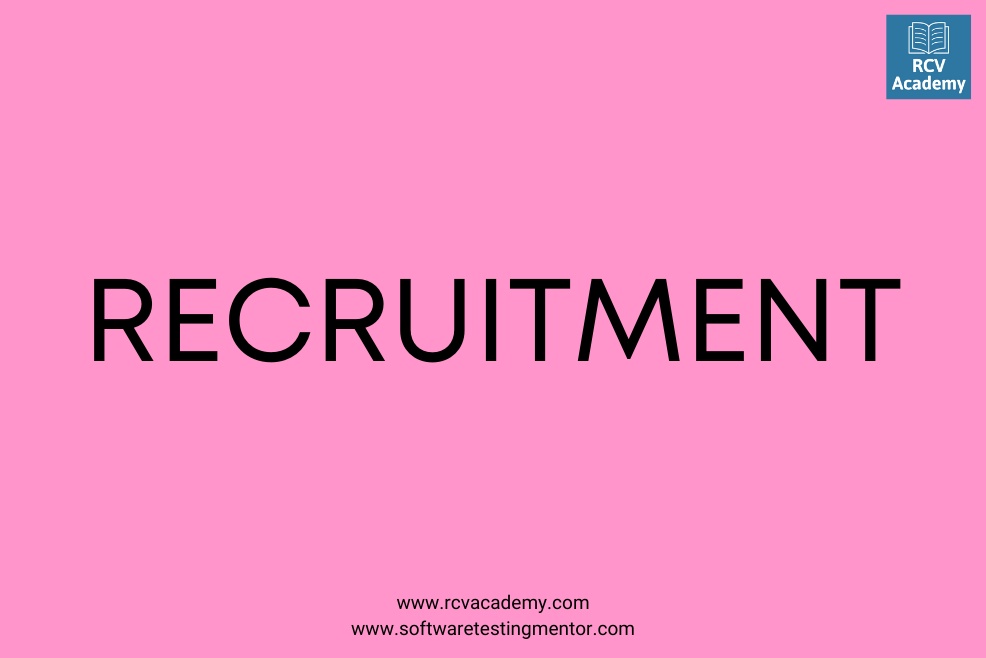In this tutorial, we will learn about audit program advantages and disadvantages is a set of instructions that are followed for the proper execution of the audit.
A detailed written audit program contains the various steps and procedures required after the development of the audit plan. The audit program includes that are generally employed to determine what and how much evidence must be collected and evaluated. It also lays down the responsibilities for the whole audit team for carrying out different tasks.
The prepared audit program may be revised if needed by the prevailing circumstances. An audit program largely depends on the size of the organization and other relevant factors. Minimum essential work to be done in the standard plan and rest is according to the circumstances. Auditing will be carrying out in both the public and corporate sectors.
Advantages of Audit Report:
- That helps in ensuring all the essential areas appropriately covered during an audit.
- The audit program is instrumental in distributing the audit work properly among the audit team members according to their talent.
- It helps in setting all the things in advance, so the uniformity of work can be achieved.
- It helps in distributing the work among the assistants by their competence and experience level.
- It provides the instructions to the audit staff and reduces the scope for misunderstanding.
- It helps fix the responsibilities for the work done among the audit staff as the job done may be traced to the individual staff member.
- Before signing the report, the final review, and the auditing program is also beneficial for this purpose.
- It helps in assessing the progress work by ascertaining what part of audit work has completed and how much work is left.
- It serves as evidence against the charge of negligence.
- On completion of an audit, it serves the purpose of an audit record, which may be useful for future reference.
Disadvantages of Audit Program:
Various problems of audit program are as follows:
Rigidity:
The audit program loses its flexibility as it cannot be the same for different types of organizations. Each business has separate problems, so a single or same audit program cannot be laid down for every kind of business.
Reduces the initiative of efficient staff:
It kills the effort of capable persons. The Assistant cannot suggest any improvements in the plan.
Audit work becomes mechanical:
The audit program is automatic that ignores many other aspects like internal control.
New areas may overlook:
That time, new problems arise during the audit that ignored in the audit program.
The remedy of disadvantages:
- The solution in such situations is that the audit program should be flexible must always be open to changes and improvements.
- Audit staff should be encouraged to draw the auditor’s attention to any defects in the program.
- The audit staff should be encouraged to explore thoroughly unusual transactions and not get restricted to the audit program.
AUDIT PLAN | AUDIT PROGRAM |
| Lays down the audit strategies for conducting business. | It is an outline of how the audit is to be done, who is to do what works, and within what time. |
| Plans should be made to cover, among other things. | It lays down the following audit procedures to be followed. |
| Acquiring knowledge of accounting systems, policies, and internal control procedures. | Checking of overall disclosure and presentation of all items in the final accounts. |
| We are establishing the expected degree of reliance to be placed on internal control. | verification and valuation of assets, liabilities, and ledger scrutiny. |
| We are determining the nature, timing, and extent of the audit procedures to be performed. | Evaluation of internal control and preparation and submission of an audit report. |




